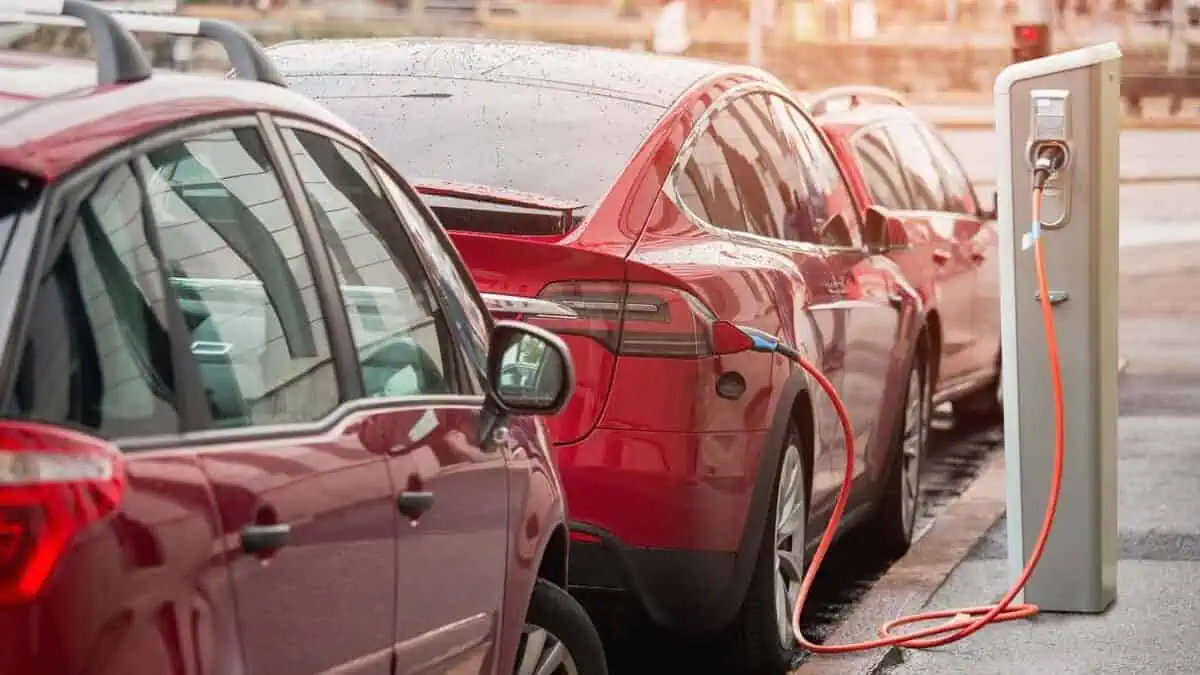Some people are unaware of each charging station’s charging levels, which is okay. Even some EV owners must be mindful of everything inside the EV industry. But let’s take a look at the SAE J1772:
The SAE J1772 standard specifies five charging levels: 1-3 AC charging levels and two DC charging levels.
The AC standards are as follows:
· AC Level 1 is for charging at 120 volts AC at 12 or 16 amps. It has a maximum output of 1.92 kW, but 12 amp is more common.
· AC Level 2 charging at 240 volts AC at up to 19.2 kW (up to 80 amps).
· AC Level 3 enables faster AC charging from 22.7 to 166 kW. (this standard never actually ended up being used).
The DC levels are as follows:
· Level 1, for up to 80 kW
· Level 2, for up to 400 kW
The truth of Level 3 charging
So, according to SAE charging standards, there is no Level 3 DC fast charging. What we call Level 3 is what SAE calls DC Level 1 or DC Level 2.
The truth is that everyone from writers to charging network executives to government officials refers to DC fast charging as Level 3. The top management of big charging providers and automakers takes a lot of work to pin that tail on. So, why are so many people referring to DC fast charging as Level 3?
The conclusion is that SAE isn’t official. However, no one has suffered any consequences for refusing to march to the beat of SAE. It is a private institution, and the standards documents it compiles and disseminates are not legally binding on anyone. Government entities may even refer to these documents but only obligates people to use the terminology and language that SAE does.
While everyone from Elon Musk to an EV enthusiast frequently uses SAE terminology, most people use Level 3 to refer to DC fast charging because everyone else does.
If anyone tells you that calling DCFC Level 3 is incorrect, you can refer to this reported standard and explain that this criterion is just as official as SAE’s standard.
Terminology evolution in the EV industry
Classifying all DC fast charging as Level 3 is a linguistic rather than a standard issue. What matters most is whether or not the car charges when you plug it in.
In other words, to communicate, we must all be on the same page at least a substantial percentage of the time. However, the need for consistency and accuracy is only one argument favoring adhering to a written standard rather than using what everyone else is using. After all, language evolves.
Any official rarely guides this procedure of language evolution. When attempts to impose languages and they frequently fail. Why? Because even something as fundamental as how people talk by culture rather than authority.
This situation is what occurred with “levels” of charging. While the SAE does not refer to DC fast charging as Level 3, almost everyone else does.
Even those who wish to follow the SAE on this understand what someone else means when they say Level 3, indicating that the language has changed amidst their refusal to use the new term that has appeared in EV culture. Those who call DCFC Level 3 may appear to be uneducated cretins, but that is a personal view, not a fact.
The reasons could be sufficient for some people, so we’ll give you a standard you can apply to feel confident when referring to DC fast charging as Level 3.
Because there needs some clarification about how to describe EV charging speeds adequately, we now establish this unofficial standard for EV charging levels. It is based on common EV terminology known by all electric vehicle owners, manufacturers, and charging providers.
The charging levels are as follows:
· Level 1: All charging at 120 volts, despite amperage.
· Level 2: All charging at 240 volts, despite amperage.
· Level 3: All DC charging vehicles with a power greater than 22 kW, with no maximum amperage.
Additional terms to know and use:
· DC slow charging is defined as DC charging below 20 kW, frequently occurring when a Level 3 station’s battery is almost full or when an air-cooled electric vehicle’s battery gets too hot.
· Charger for Euros: 22 kW AC
· Direct solar charging: The delivery of DC power from onboard solar panels to a vehicle’s traction battery.
· A car’s “Ringy Dingy Thingy” is the component that dings or chimes to draw attention to itself. This component is connected to the computer in modern vehicles, but it was a separate electronic module in earlier GM vehicles.






